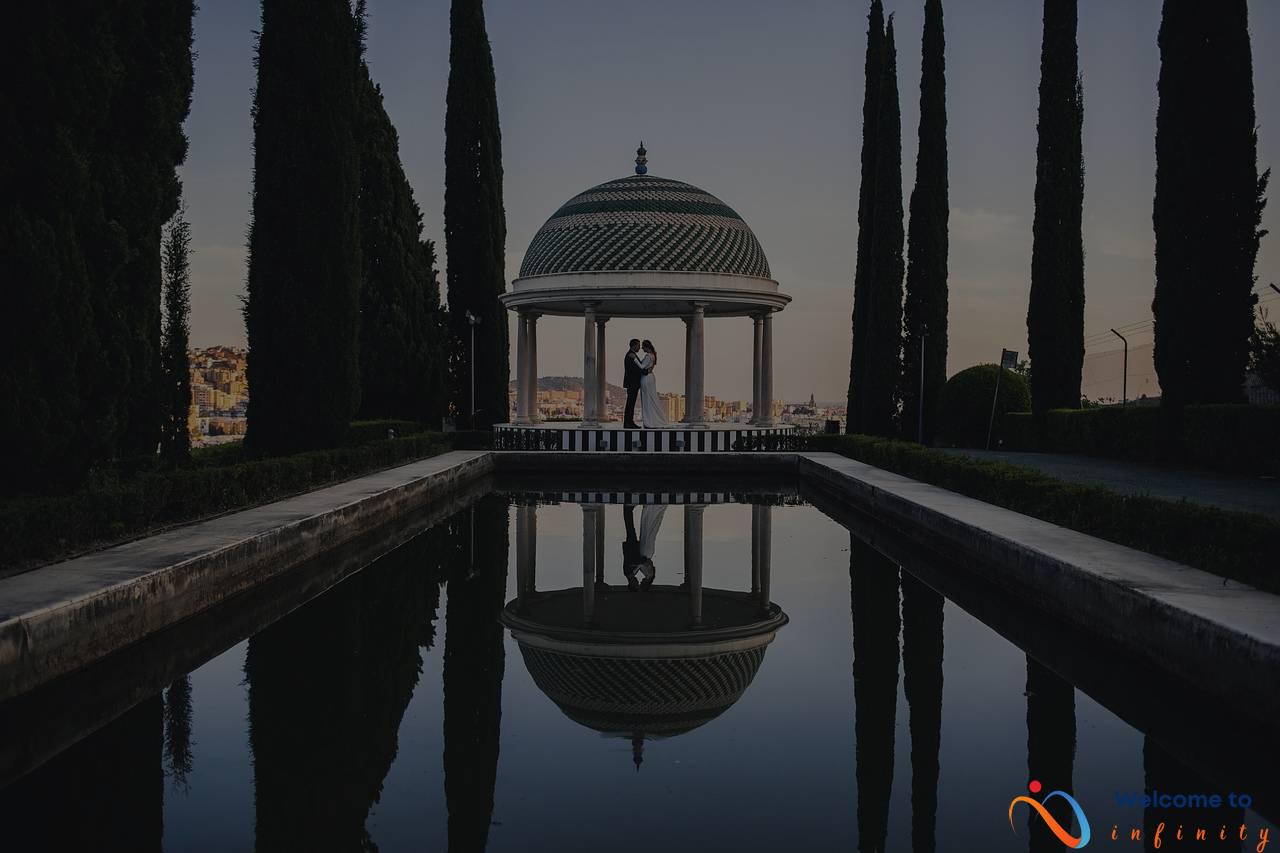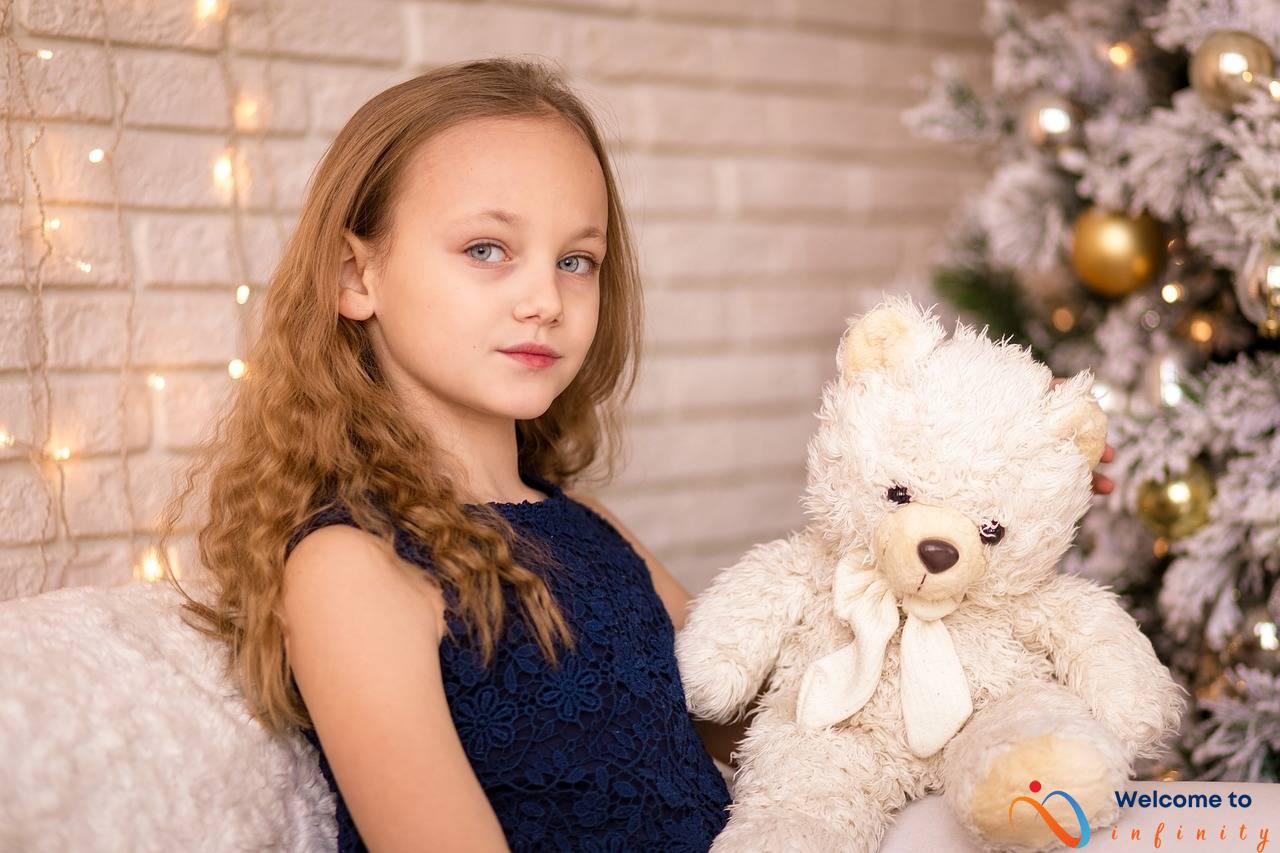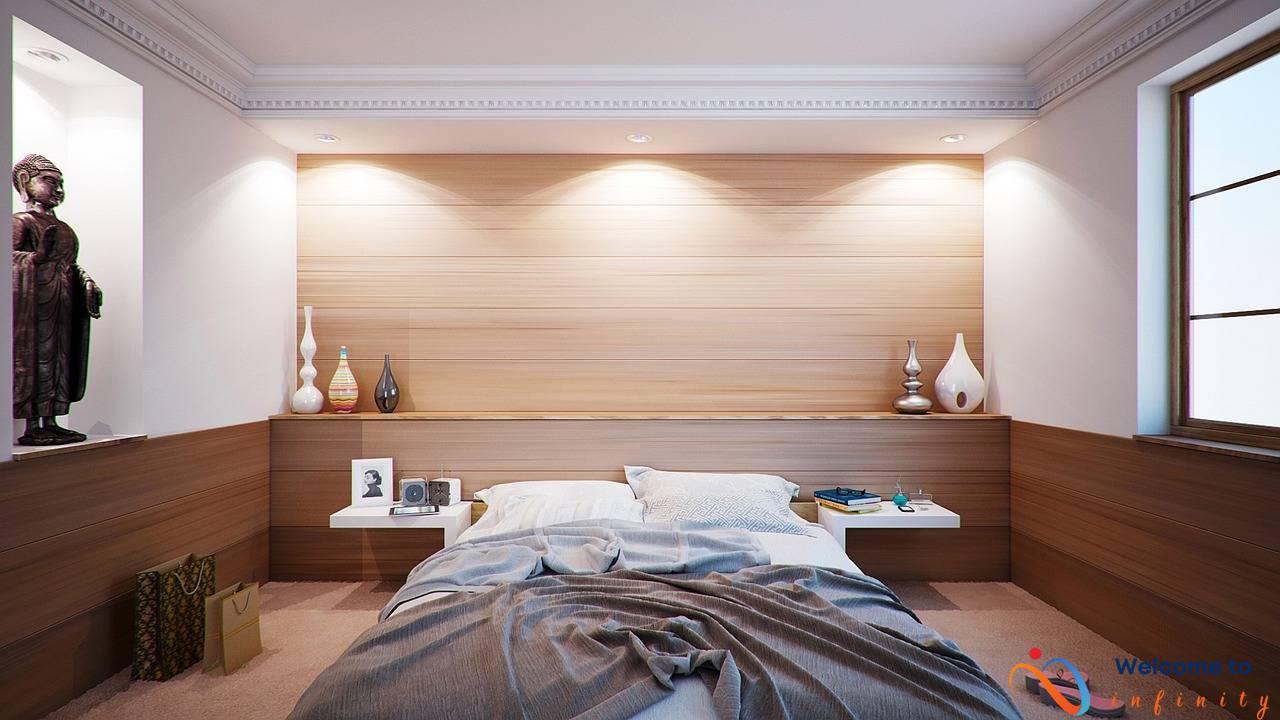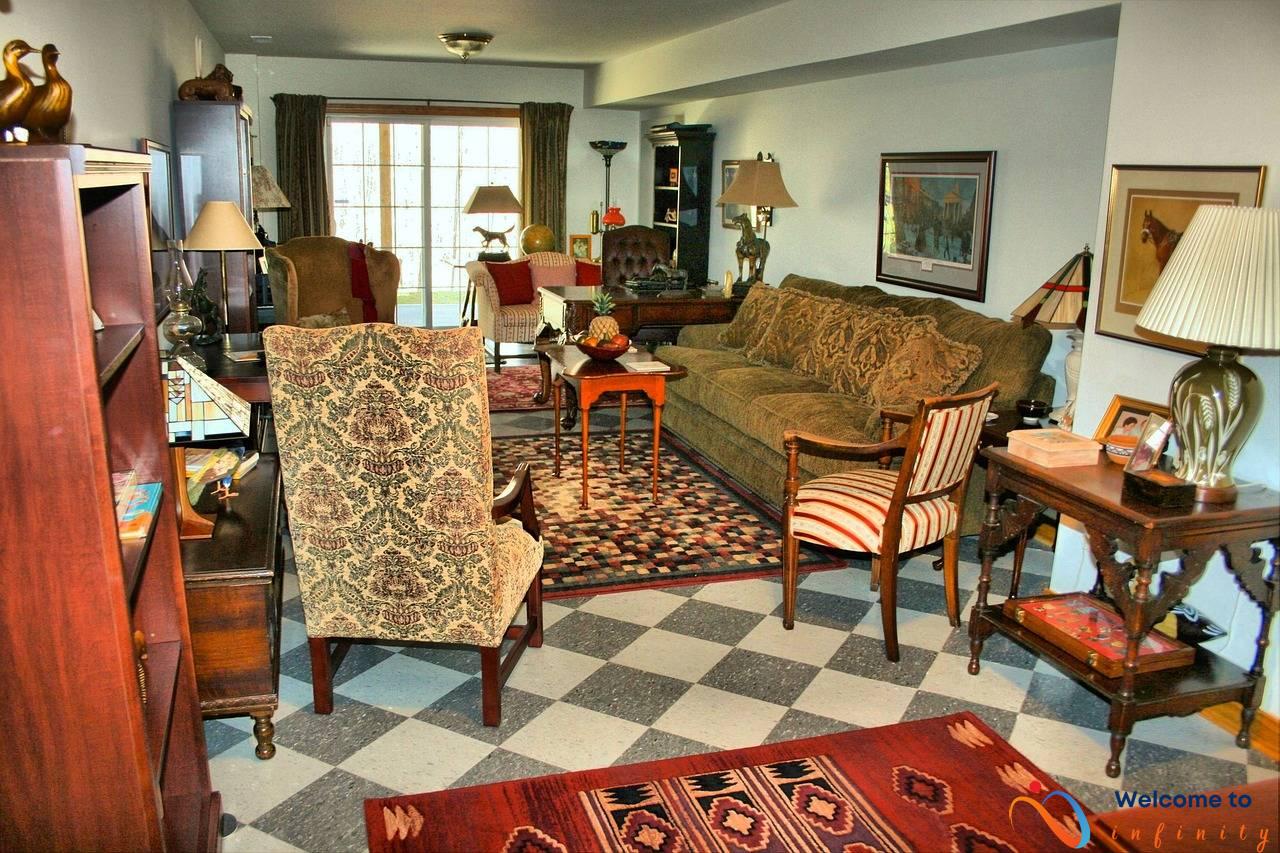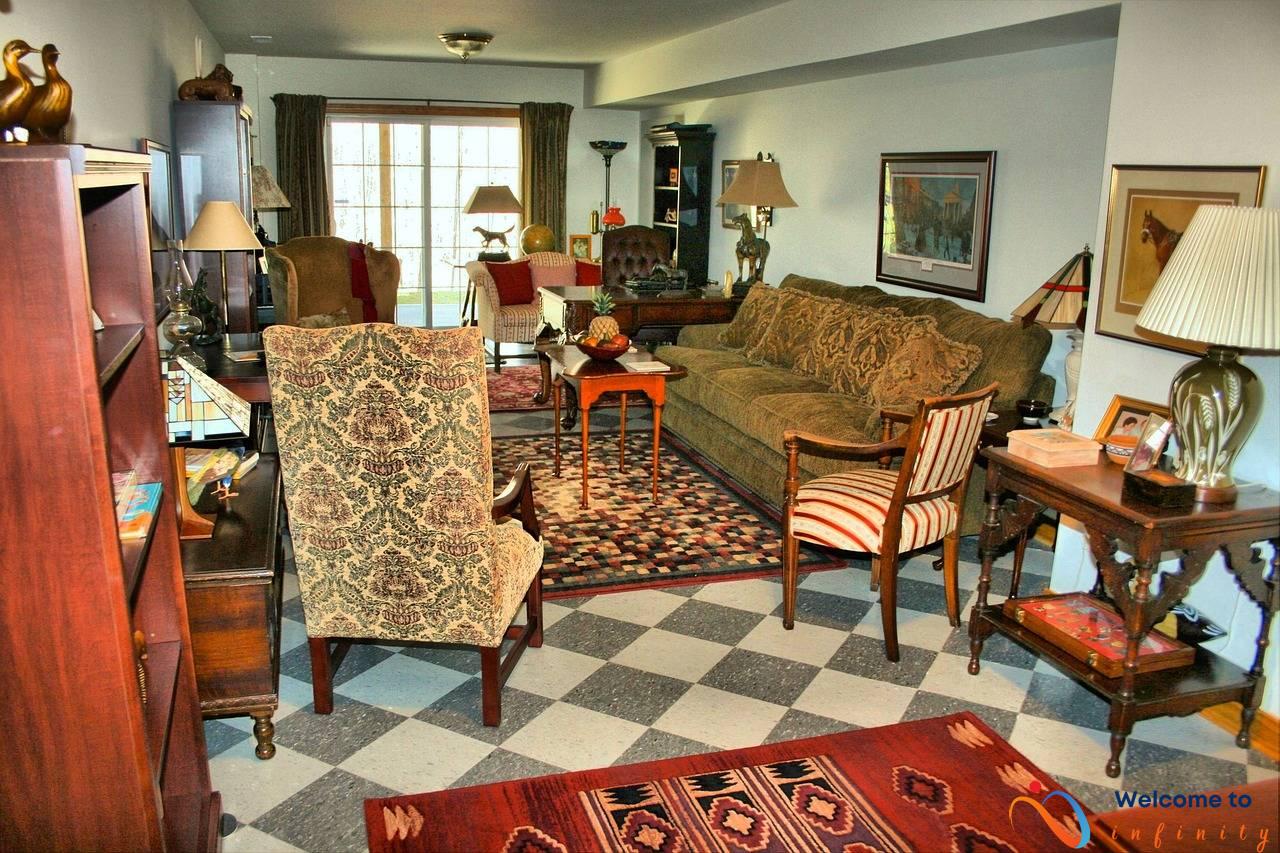If you're a fan of industrial and vintage design styles, why not try combining the two? With these tips, you can mix industrial and vintage decor elements to create a unique and personalized style that complements the best of both worlds.
Start by understanding the key features of each design style. Industrial design often features raw and hard materials such as exposed brick, concrete, and metal. Vintage design, on the other hand, incorporates ornate details, distressed finishes, and rich textures from the past.
Next, find common ground between these two styles. Look for features that they share, such as the use of reclaimed wood or distressed finishes. By using these elements in your decor, you can bridge the gap between these two distinct styles.
Another way to mix industrial and vintage design is by contrasting soft and hard textures. Pair rough and industrial materials like metal or concrete with soft vintage fabrics like velvet or lace. This will help to add warmth and texture to your space.
A neutral color palette is also key to successfully blending these two styles. Stick to simple and timeless colors like white, black, gray, and brown to maintain consistency.
Don't forget to add vintage accents to your industrial decor to soften its rough edges. Introduce retro-inspired light fixtures or antique mirrors to add a touch of vintage charm to your space.
Finally, experiment and don't be afraid to mix and match industrial furnishings with vintage accessories. Try out different combinations until you find the right balance that reflects your personal style.
Understand the Key Features of Industrial and Vintage Design Styles
When it comes to creating an industrial and vintage decor style, it's important to first understand the key features of each design style. Industrial design often uses materials such as metal, brick, and concrete to capture the aesthetic of factories and manufacturing facilities. The use of unfinished surfaces such as raw wood or exposed pipes is also a hallmark of industrial design.
On the other hand, vintage design often incorporates elements from past eras, such as ornate details, rich textures, and distressed finishes. The focus is on creating a warm and cozy atmosphere with a sense of history and character.
To create a cohesive industrial and vintage design style, it's important to identify the commonalities between both styles. Utilizing reclaimed wood or furniture with a distressed finish can help to bridge the gap between these two seemingly different styles. Additionally, mixing soft and hard textures, such as pairing a plush vintage rug with a concrete industrial coffee table, can create a complementary and balanced design.
Keeping a neutral color scheme, such as black, white, and brown, can help to maintain a simple and consistent aesthetic. By adding vintage accents to an industrial space, such as a retro-inspired light fixture or an antique mirror, the harshness of the industrial aesthetic can be softened. Lastly, don't be afraid to mix industrial furnishings with vintage accessories such as an old typewriter or a collection of antique books to highlight the unique character of each design style.
Find Common Ground between the Two Styles
When it comes to mixing industrial and vintage decor elements, finding common ground between the two styles is crucial. Some features may overlap, such as the use of distressed finishes or reclaimed wood. These elements can add character and warmth to industrial spaces while maintaining a vintage feel.
Distressed finishes on furniture, walls, or accessories can add a touch of vintage to any industrial space. This technique gives an antique, weathered look that complements industrial style furnishings. Reclaimed wood is another element that can create a common ground between these two styles. Using reclaimed wood for flooring, walls, or furniture pieces can bring a rustic, vintage feel into any industrial space.
Combining different textures is key to achieving a cohesive industrial/vintage look. Pairing rough metal or concrete with soft vintage fabrics such as velvet or lace can create a warm balance. You can use a mix of soft and hard textures on various elements, such as cushions, throws, or curtains to add depth and create interest.
Another great way to find common ground between industrial and vintage styles is by incorporating geometric shapes. An industrial-style pendant light with a geometric pattern can be a great vintage accent piece. Similarly, vintage-inspired pendant lights made from metal or other industrial materials can be a great addition to an industrial space.
When mixing industrial and vintage styles, don't forget to keep things simple and consistent. Stick to a neutral color palette that includes white, black, gray, and brown. This will not only maintain consistency but also enhance the vintage feel. Keeping things simple allows individual pieces to stand out and create a cohesive look.
Overall, identifying common features between industrial and vintage styles and combining them creatively is the key to creating a unique and personal style. Don't be afraid to experiment and trust your instincts to achieve a balanced and desirable look.
Combine Soft and Hard Textures
Combining soft and hard textures is a key element in successfully mixing industrial and vintage decor. When you pair rough industrial materials, such as metal or concrete, with soft vintage fabrics, like velvet or lace, you add warmth and texture to your space.
One way to do this is by incorporating vintage fabrics in your industrial space. For example, use a velvet upholstered chair in a room with concrete walls or pair a lace tablecloth with a metal table. The contrast between the rough materials and the soft fabrics creates a visually appealing and well-balanced look.
You can also experiment with texture in your decor by layering vintage textiles onto industrial furnishings. For instance, you can drape a vintage crochet throw over a metal chair or use a fur rug to soften the hard lines of a concrete floor.
Another way to add texture and warmth is by combining vintage lighting elements with industrial materials. A lamp with a tarnished metal base and a soft fabric shade can bring together the two styles in a subtle way.
In summary, pairing soft vintage fabrics with rough industrial materials is an excellent way to merge two distinct styles. Don't be afraid to try out different combinations to find the perfect balance that suits your personal style.
Use a Neutral Color Palette
One key element in successfully mixing industrial and vintage decor is the use of a neutral color palette. sticking to a neutral color scheme that includes white, black, gray, and brown is essential to maintaining simplicity and consistency in the design.
Neutral tones are the perfect foundation for industrial and vintage decor since they provide a blank canvas for the two styles to merge together seamlessly. White, gray, and black create an industrial vibe while shades of brown add warmth and vintage charm.
When decorating with a neutral color palette, the key is to add variation and texture to prevent the design from becoming monotonous. Experimenting with different textures like brick, wood, leather, and metals helps to create a space that is visually engaging.
- Stick to a neutral color palette of white, black, gray, and brown.
- White, gray, and black create an industrial vibe while shades of brown add warmth and vintage charm.
- Experiment with different textures to add variation and interest.
Overall, using a neutral color palette is an important component of successfully mixing industrial and vintage decor. It provides a solid foundation for the two styles to come together and allows for experimentation with texture and variation.
Add Vintage Accents to Industrial Spaces
Industrial spaces can sometimes feel cold and unwelcoming due to their rough and utilitarian materials. But by adding vintage accents, you can soften their edges and make them feel more inviting.
A retro-inspired light fixture can add a pop of character to an otherwise stark room. Look for pieces that feature materials like aged metal or distressed finishes, as they will fit in nicely with the industrial aesthetic. You can also consider pendant lights with vintage-style Edison bulbs to add warmth and ambiance to a space.
Another way to incorporate vintage elements is with an antique mirror. Not only will it add a touch of elegance to the room, but it will also help to reflect light, making the space feel bigger and brighter.
If mirrors aren't your thing, then consider accessorizing with vintage textiles like a tapestry or a cozy wool throw. These can be draped over industrial furniture or hung on the wall to add texture and warmth.
When adding vintage accents, be sure to keep a cohesive color scheme in mind. Stick to neutral tones like white, black, and gray, and use pops of color sparingly. This will help to maintain a consistent aesthetic that seamlessly blends industrial and vintage elements.
- Consider incorporating a vintage rug or throw pillow
- Hang antique industrial-inspired wall art
- Add pops of color with vintage glass or ceramic vases
By adding vintage accents to industrial spaces, you can create a unique and inviting atmosphere that seamlessly blends the best of both worlds.
Mix Industrial Furnishings with Vintage Accessories
Want to add character to your industrial-style room? Consider mixing industrial furnishings with vintage accessories to create a unique style. Pair a metal coffee table or bookcase with an old typewriter, a vintage radio, or a collection of antique books. The mixture of industrial and vintage elements not only adds visual interest, but also creates a cozy and inviting atmosphere.
When selecting vintage accessories, consider pairing items that are in harmony with the industrial style. For example, an old typewriter is a perfect match for a metal desk, while a collection of antique books looks great on a modern industrial bookshelf. Mix and match different textures and materials to create a complementary look.
You can also add a touch of color and pattern to the industrial atmosphere with vintage accessories. A colorful vintage rug can soften the hard edges of an industrial space, or you can add a vintage floral pattern throw pillow to a metal couch. The key is to carefully select vintage items that enhance and add personality to the industrial room.
- Pair industrial furnishings with vintage accessories to create a unique style.
- Select vintage accessories that are in harmony with the industrial style.
- Use vintage accessories to add color and pattern to an industrial space.
Don't Be Afraid to Experiment
When it comes to mixing industrial and vintage elements in home decor, don't be afraid to experiment! The key to creating a unique and personalized style is to try out different combinations and trust your instincts.
Start by examining the common ground between the two styles and consider pairing rough industrial materials with soft vintage fabrics. Don't be afraid to mix and match textures, colors, and patterns, and remember to keep a neutral color palette to maintain simplicity and consistency.
One effective way to mix industrial and vintage elements is to add vintage accents to industrial spaces. Consider incorporating retro-inspired light fixtures, antique mirrors, or other vintage accessories to soften the rough edges of industrial materials.
Another option is to mix industrial furnishings with vintage accessories for a unique blend of character and charm. Pairing a metal coffee table or bookcase with an old typewriter or collection of antique books can inject personality into a space.
Remember: mixing industrial and vintage elements is all about creativity and experimentation. Trust your instincts and keep an open mind, and you're sure to create a one-of-a-kind style that reflects your unique personality and taste.




